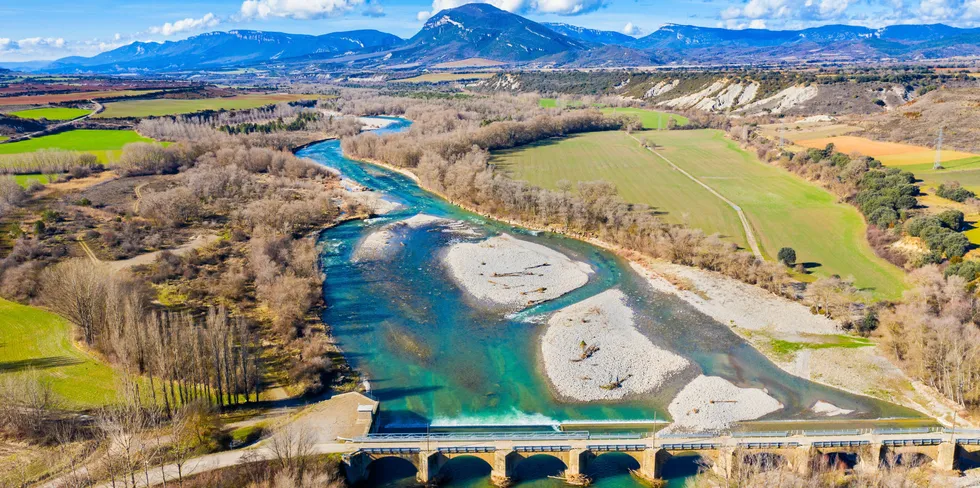CIP and Vestas launch 2GW green hydrogen project in Spain – powered by 5GW of wind and solar
Project Catalina will be one of the largest onshore renewable H2 facilities in Europe

Project Catalina will be one of the largest onshore renewable H2 facilities in Europe
